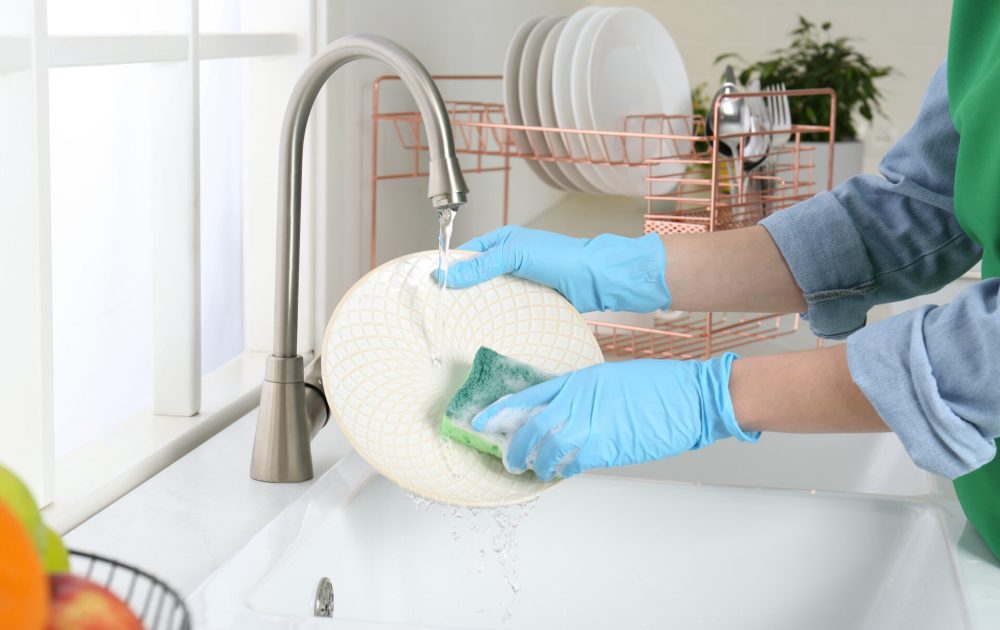Our test tells you which everyday chemicals you've recently come into contact with, and easy steps you can follow to reduce your exposure to them.
What are surfactants?

When you read the ingredients list of thousands of everyday products, you’re likely to see surfactants (pronounced sur-fact-ants). The word derives from a combination of surface, acting, and agent – and it describes what they do. Surfactants are chemical substances that are added to products to help break the surface, or surface tension of liquids including water and oils. Surfactants are used to wet and emulsify other liquids, allowing them to disperse more widely. There are lots of different types of surfactants, but amongst the most commonly used are anionic (foaming) non-anionic (to blend liquids such as oil and water) surfactants. A washing up liquid will contain both types for example.
Where will you find surfactants?
- Personal care items including soaps, shampoos where they help to remove grease and other built-up substances such as styling products.
- Perfumes and fragrances to increase the solubility of fragrances, some of which also have a chemical base.
- Washing up liquid and other cleaning products to break up grease and food waste.
- Hard surface cleaners for floors and other surfaces to help spread water more easily and to break up dirt.
- Pesticides and herbicides to help active chemicals stay on the plant surface long enough to be absorbed.
- Dyes to help colour penetrate and disperse evenly across fabric.
- Surfactant aerosols emitted during the cooking process can increase the time that indoor toxins persist, reducing indoor air quality.
Why could they be a problem?
Surfactants are mildly toxic if swallowed causing oral and digestive problems. But the problem goes beyond domestic home safely. Surfactants present a risk to the environment and humans when they enter the ecosystem. Non-anionic surfactants are considered a moderate risk to respiratory and central nervous system health, and may be linked to the development of cancer, and reproductive health.
One of the largest group of chemicals used as surfactants are per- and polyfluorinated substances, PFAS. They have strong, almost unbreakable chemical bonds which is why they are known as ‘forever chemicals’ – they persist in the environment for an exceptionally long time. We are exposed to PFAS in our food and water as well as thousands of everyday products. PFAS are one of the greatest concerns to human health we face. PFAS has been detected in urine samples of 99% of Americans tested, and breast milk.
How can you reduce the number of surfactants in your home?
Due to their widespread use it’s quite hard to avoid them completely, unless you do a complete overhaul of all the household and toiletry products you use. But there are lots of alternatives you can choose that will reduce the number you may have in use. A good place to start is to switch products that use natural antibacterial and cleaning agents such as natural soaps and cleaning products with essential oils. Avoiding so-called antibacterial products is also a good idea because the majority rely on chemical substances.
Here are some simple ideas to follow to reduce how many surfactants you might be suing:
- Rinse dishes with water to remove any remaining surfactants from the surface.
- Clothing and textiles – choose fabrics with natural dyes; they are more likely to have used fewer chemicals in manufacture.
- Choose non-chemical cleaning products with more natural ingredients that have a similar effect, such as white vinegar and baking soda to shift stains.
- Wear protective gloves when cleaning with products with surfactants.
- Open windows/ventilate well when cleaning to reduce surfactant aerosol emissions.
- Avoid using herbicides and pesticides in your garden.
- Choose organic food grown without herbicides and pesticides.
More information
International Products Corporation deep dive into surfactants
European Chemicals Agency guidance on PFAS
Read our Insights Guide to PFAS
Image credit: New Africa